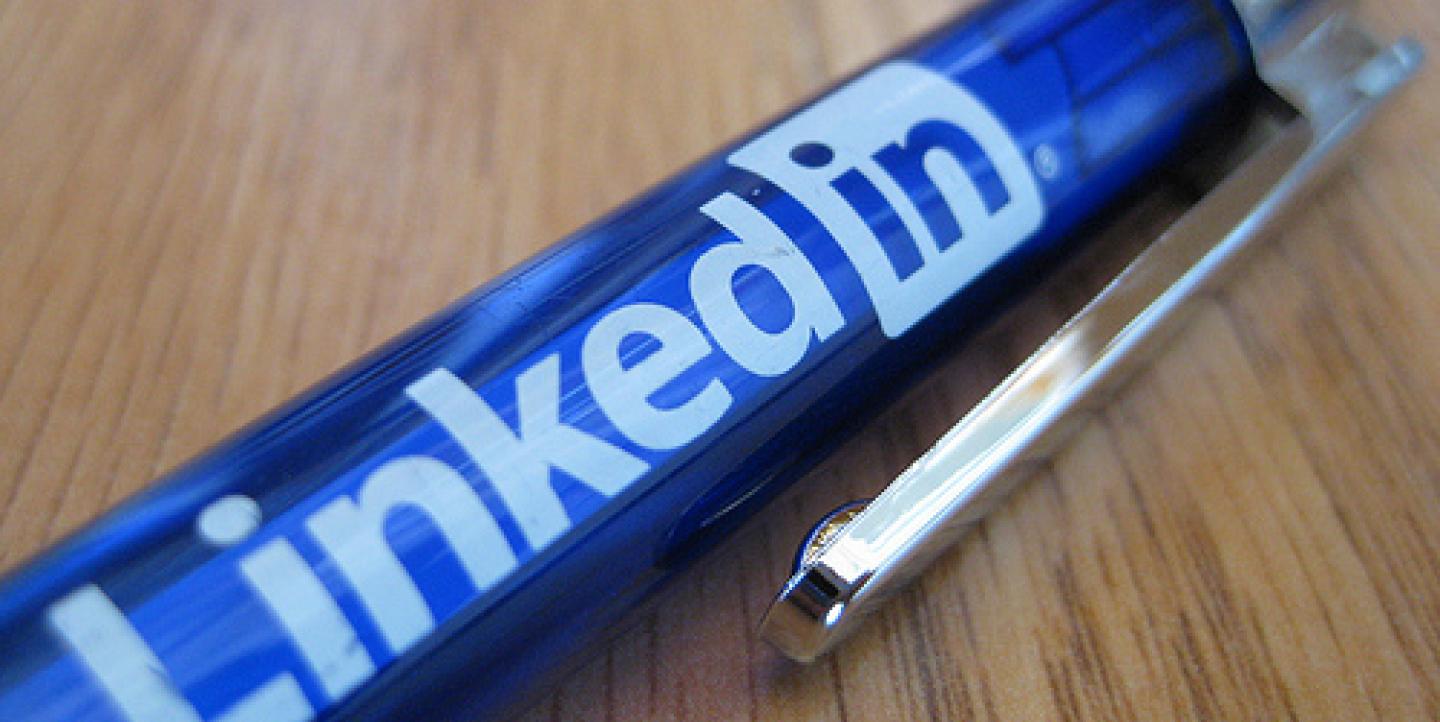When Twitter was denying to the press its intention to become a public company, a USA Today reporter broke the story that it was in fact gearing up to launch its IPO.
How did he break the story? By using LinkedIn to keep tabs on the company. Twitter posted a job ad on LinkedIn for a stock administration analyst whose job duties would include filing the needed U.S. Securities and Exchange form "when we are ready to go public."
That's just one example shared by Yumi Wilson, LinkedIn’s corporate communications manager, during a recent live chat with the IJNet community on how journalists can use the platform more effectively in their reporting. Wilson helps run LinkedIn for Journalists, a group that features tutorials to help reporters get the most out of the social network for professionals.
Journalists can use LinkedIn to conduct more effective searches when looking for sources, story ideas or information. Here are some of Wilson's tips:
- Follow channels.
With more than 30 channels on topical issues such as social media, health care and politics, you can follow your beat without manually searching. "By following some of these channels, you'll see those stories show up on your home page on LinkedIn," Wilson said. This is also true "once you follow influencers and publishers."
- Search through lists of influencers to find expert sources.
LinkedIn hosts a collection of more than 300 influencers you can use to nab that quote you need for your story. When choosing which influencers to include, Wilson said LinkedIn Executive Editor Dan Roth asked himself, "If you were going to put on the best conference in the world for business, who would you want on stage?"
- Use the advanced-search capability by starting broad, then narrowing down.
For example, if you're looking for a source for a breaking news story about a train derailment, Wilson suggested starting with a simple keyword search such as "rail AND safety," and then narrowing your results by location.
You can also narrow search results by groups to find the latest chatter around a certain topic and possibly a new story angle. You can also search for people who are only first-degree connections.
- Check the credibility of sources.
Wilson suggests reviewing the profiles of possible sources and cross-checking that information with other information about them on the web. She also suggests checking the number of recommendations, endorsements, publications, awards and accomplishments they have on LinkedIn and elsewhere online.
- When reaching out to your potential source, make it clear if you have a connection to him or her.
"It's really important to explain why you want to reach out to someone via LinkedIn," Wilson said. "It also helps to show how you're loosely connected to your potential source." The tool LinkedIn Alumni lets you browse people who went to your school, so that the inherent connection is publicly visible.
You can contact connections for free, but to contact people outside your network, you have to use InMail. Members of LinkedIn for Journalists who take one of the tutorials receive a premium upgrade, which includes 25 free InMails per month.
- If you don't already have a connection to the source, try to find one.
Wilson noted that there is good advice for how to do this in the LinkedIn Help Center, which states: "Introductions let you contact members in your extended network through the people you know. If you want to contact someone who is two or three degrees away from you, you can request an introduction through one of your connections. Your connection will, in turn, decide whether to forward your message on to the desired recipient (if in your second-degree network) or on to a shared connection (if in your third-degree network)."
You can access an archive of the chat here for more tips on using LinkedIn for your reporting.
Related stories:
5 LinkedIn tips for freelance journalists
5 mistakes journalists make on LinkedIn
IJNet Editorial Assistant Margaret Looney writes about the latest media trends, reporting tools and journalism resources.

